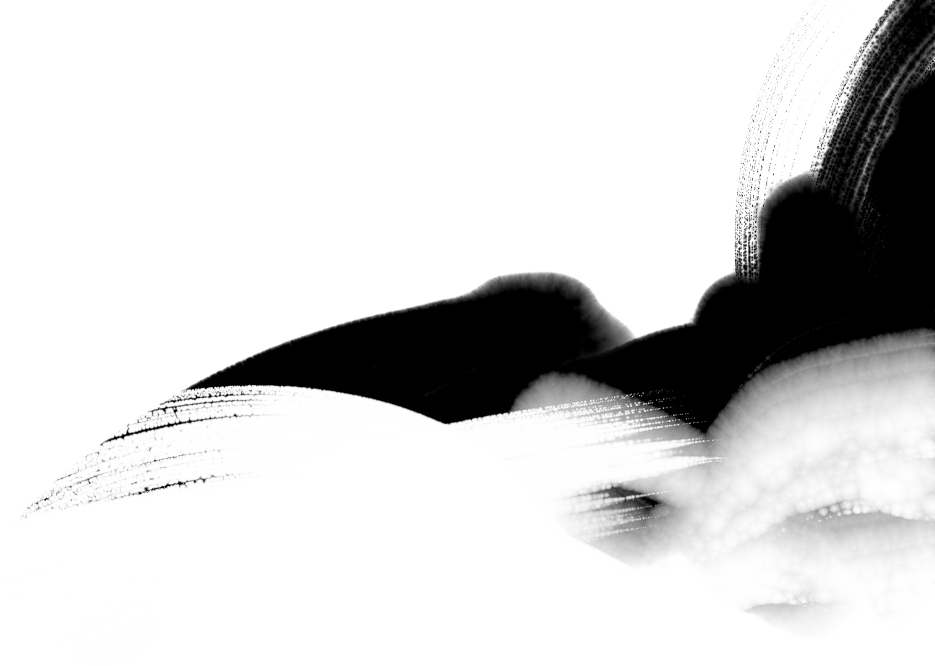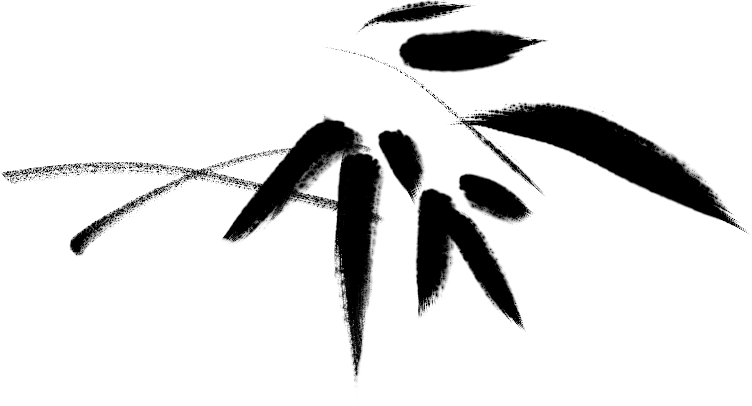




Analysis of Pulse Diagnosis in the Treatise on Cold Damage: Part Nine
By Lai Haibiao
The 滑脉 (hua mai) or slippery pulse is characterized by a smooth and flowing sensation, resembling the rolling of pearls on a jade plate. As described in the 脉经 (Mai Jing): “The slippery pulse flows smoothly back and forth, exhibiting a fluid and rolling quality like pearls.” The slippery pulse belongs to the yang pulses and is often associated with excess conditions and heat syndromes. As stated in the 脉简补义 (Mai Jian Bu Yi): “The slippery pulse indicates an abundance of yang qi, and its associated diseases are often characterized by heat and the presence of tangible pathogens such as phlegm, food stagnation, or blood stasis.” Therefore, a strong slippery pulse often indicates phlegm-dampness, food stagnation, or excess heat. A slippery pulse that is gentle may be seen in pregnant women and healthy individuals, representing abundant qi and blood. Conversely, a weak slippery pulse, which feels like no pulse upon palpation, indicates a deficiency of the original yang, suggesting a poor prognosis.
The slippery pulse observed in the 伤寒论 (Shang Han Lun) reflects heat syndromes and excess conditions, such as those treated with 白虎汤 (Bai Hu Tang), 小陷胸汤 (Xiao Xian Xiong Tang), and conditions of heat excess leading to blood loss.
1. The Slippery Pulse Indicates Heat
In section 350: “In cases of cold damage, if the pulse is slippery and the extremities are cold, it indicates internal heat; 白虎汤 (Bai Hu Tang) is indicated.” A slippery pulse with cold extremities suggests internal heat, where the heat pathogen obstructs the interior, preventing yang qi from dispersing outward, leading to cold extremities. This should not be misdiagnosed as yang deficiency; instead, 白虎汤 (Bai Hu Tang) should be used to clear and disperse internal heat.
2. Slippery Pulse with Other Characteristics
1. Floating and Slippery Pulse Indicates Phlegm-Dampness and Internal Heat
In section 138: “For the condition of small chest obstruction located beneath the heart, if palpation causes pain and the pulse is floating and slippery, 小陷胸汤 (Xiao Xian Xiong Tang) is indicated.” The floating and slippery pulse indicates superficial conditions, while the slippery quality suggests phlegm-dampness. When phlegm and heat are intermingled beneath the heart, causing pain upon palpation, it indicates a relatively mild condition that can be treated with 小陷胸汤 (Xiao Xian Xiong Tang) to clear heat and transform phlegm. In section 140: “In cases of Taiyang disease, if purging is performed and the pulse is rapid without chest obstruction, this indicates a desire for resolution. If the pulse is floating, there must be chest obstruction. If the pulse is tight, there must be throat pain. If the pulse is wiry, there must be tightness in both flanks. If the pulse is thin and rapid, the headache has not ceased. If the pulse is deep and tight, there must be a desire to vomit. If the pulse is deep and slippery, it indicates heat and benefit. If the pulse is floating and slippery, it indicates blood loss.” In Taiyang disease, sweating and resolving the exterior is indicated; however, if purging methods are mistakenly used, various complications may arise. Zhang Zhongjing illustrates the changes in pulse patterns, including rapid, floating, tight, wiry, thin and rapid, deep and tight, deep and slippery, and floating and slippery, totaling eight conditions. Here, the floating and slippery pulse indicates that the exterior pathogen has penetrated inward, causing stagnation and transformation into heat, which forces the blood to move erratically, resulting in bloody stools.
2. Slippery and Rapid Pulse Indicates Food Stagnation
In section 256: “If the pulse is slippery and rapid, it indicates retained food; purging is necessary, and 大承气汤 (Da Cheng Qi Tang) is indicated.” Retained food can be indicated by a slippery and rapid pulse, but not all slippery and rapid pulses indicate retained food. This section suggests purging, and 大承气汤 (Da Cheng Qi Tang) should be used, along with the presence of symptoms such as abdominal fullness, pain, and constipation, indicating excess in the Yangming bowel.
3. Slippery and Rapid Pulse Indicates Excess in the Bowels
In section 214: “In Yangming disease, if there is delirium, tidal fever, and the pulse is slippery and rapid, 小承气汤 (Xiao Cheng Qi Tang) is indicated.” “Excess leads to delirium, while deficiency leads to a clear voice.” Clinically, if delirium, tidal fever, and a slippery and rapid pulse are observed, it indicates Yangming disease. Treatment can begin with 小承气汤 (Xiao Cheng Qi Tang) to clear the bowels and drain heat. If after administration there is no movement in the abdomen, it indicates that Yangming is not in excess, and 小承气汤 (Xiao Cheng Qi Tang) should not be administered again.

Warm Reminder:This article is intended for academic discussion and exchange; it is not recommended to directly use the treatment methods mentioned. Please consult a professional doctor or visit a medical institution for treatment. Thank you for your understanding and support!


